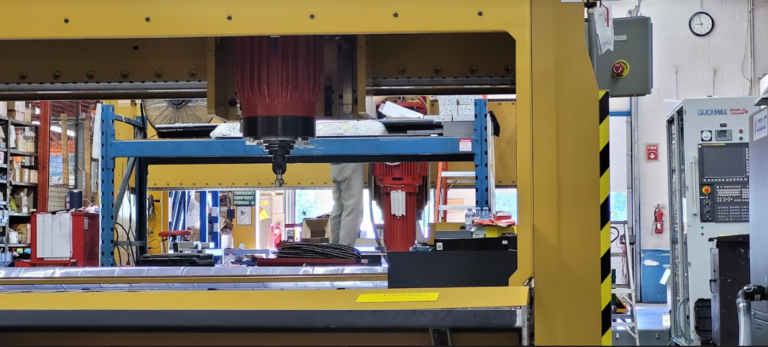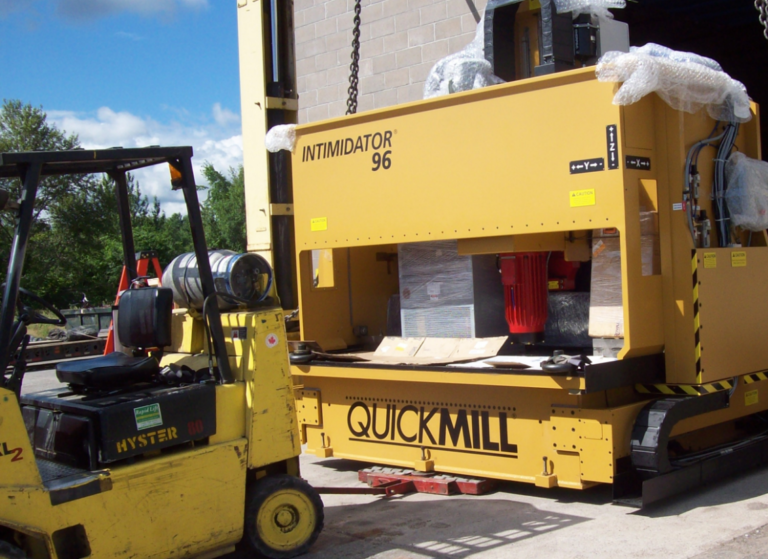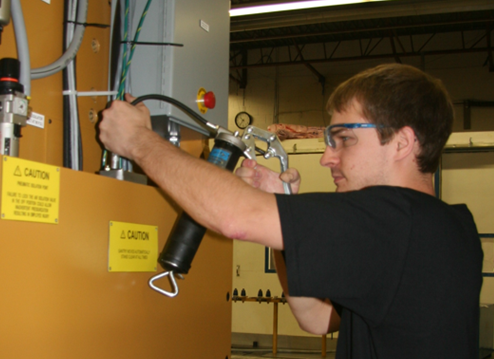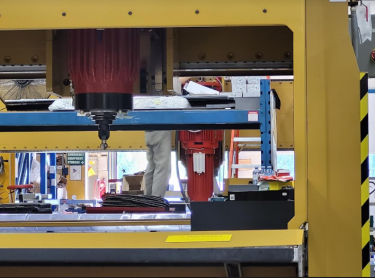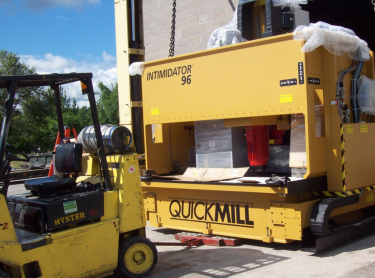Combating the Skills Gap with Automated CNC Programming
Have you ever wondered why there are still so many open manufacturing positions in almost every industry or sector across the US? For several years the answer to this question has been the skills gap. Keep in mind that the supply of highly-skilled and trained workers simply is not enough to meet the increasing demand for employees with advanced technical skills and abilities.
You may know that the skills gap isn’t a new issue and has been a problem for many years. The situation only seems to worsen. It is concerning to see that today, the worker deficit has started to hit companies’ bottom line directly. Did you know that during the first quarter of 2019, over 25% of manufacturers had to turn down lucrative new business opportunities because of a lack of workers and the skills gap?
There is no doubt that the COVID-19 health pandemic certainly dealt a blow to workers everywhere. For example, many experts believe a COVID-19 phenomenon called the “Great Resignation” might be partly to blame for the skills gap continuing or even widening.
All is not Lost
It is possible to overcome the skill gap through automation, including robots, insightful engineering services, and control systems upgrades. You will be pleased to know that a McKinsey report published in 2017 showed that 64% of current work in the manufacturing sector could be automated and CNC programming can play a huge role here. Note that solutions, such as automated CNC programming and cooperative robots, can unleash the power of human ingenuity.
How Wide is the Skills Gap?
The shortage of skilled workers or the “skills gap” characterizes the great divide between the high number of open positions in almost every industry and the insufficient supply of trained and highly-skilled employees suitable for these positions.
According to research, many organizations in the US are bridging the widening manufacturing skills gap with controls and automation. The skills gap or labor shortage has resulted in an ongoing struggle for employers to hire, train, and retain the workers they need so desperately.
While many solutions have been proposed, and several efforts have been made in order to bridge the skills gap, it remains as wide as ever. According to a report from the National Association of Manufacturers, the manufacturing skills gap will likely lead to 2.1 million unfilled jobs in the US by 2030.
National Strategies to Bridge the Skills Gap
Although companies are investing significant sums in on-site technology to offer training, they are heavily investing in apprenticeship programs and specialized tools to teach the skills and techniques needed in digitized manufacturing.
These programs have certainly gone a long way towards bringing in needed talent and simultaneously making sure that employees enter the workforce with the needed skills.
Redistribution of Skills and Automation
Here are a few real-world automation scenarios that are poised to slash the skills gap in the US manufacturing sector.
Robotic Vision Systems
You will be happy to know that today’s machine and robotics vision solutions can take on various tasks usually left to human employees – including those tasks that may have previously involved more skills and dexterity than automated solutions or robots were capable of.
Nowadays, these solutions can perform a slew of tasks, from basic sorting and picking to enhanced visual inspection.
Controls Systems Upgrades – CNC and PLC
You may have realized how bringing new features and capabilities to your control system helps drive efficiency. However, keep in mind that it doesn’t mean you have to invest in new equipment. In some cases, a controls upgrade can offer you a cost-effective alternative that delivers efficiency and ease of use..
From CNC and PLC controls to motion control, there is no doubt that these retrofits can boost and improve overall operations.
CNC Programming
With the shortage of competent workers in the industry, automation is the best and quickest way to meet market needs and demands without stretching your current staff to the breaking point. For example, CNC machining centers can accomplish this by automating processes and procedures that can be labor-intensive, time-consuming, and require a lot of precision and repetition.
Additionally, CNC technology and programming can help reduce the time it takes to train and develop new employees.
You can also use advanced CAD CAM solutions like Mastercam, Hypermill and Fusion 360, which are designed to eliminate various programming bottlenecks and boost productivity. The products help businesses increase their efficiency while eliminating entry barriers to creating an effective machined part using a CNC machine. These simple-to-use program considerably lower the production time of a machined part by providing trouble-free programming and quicker cycle times with optimized programs.


